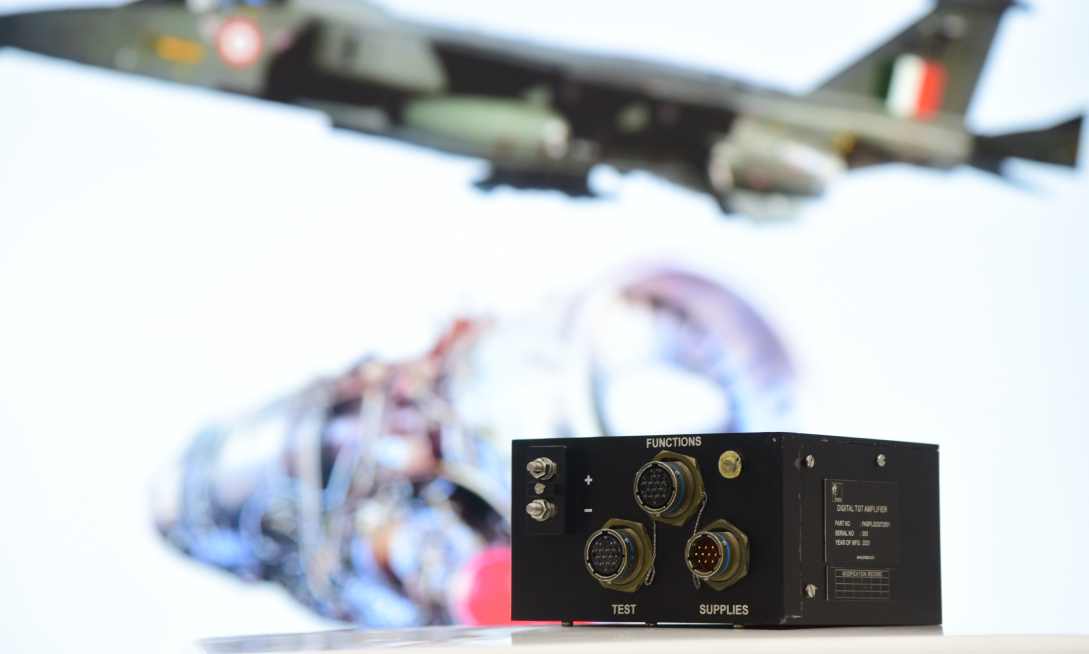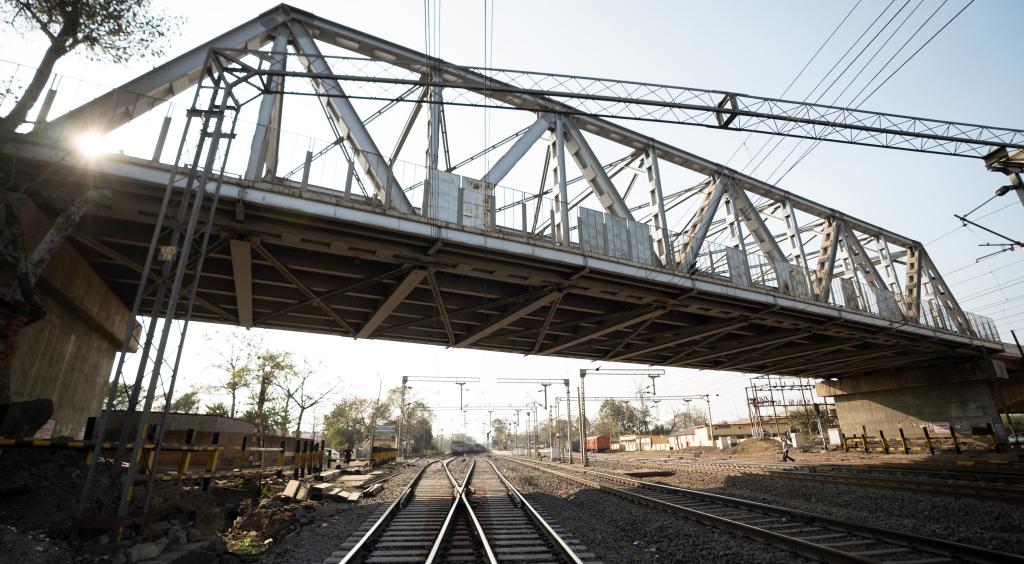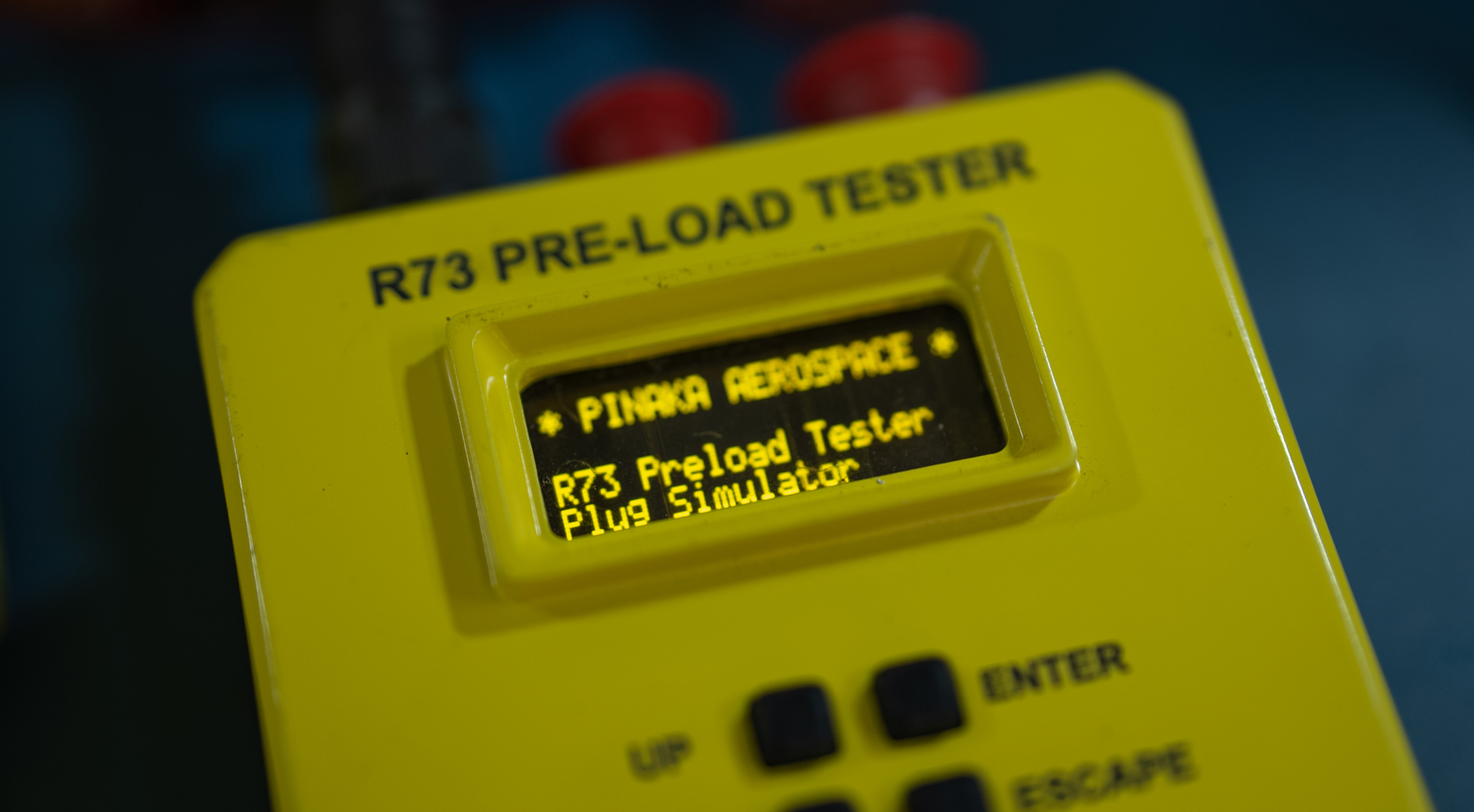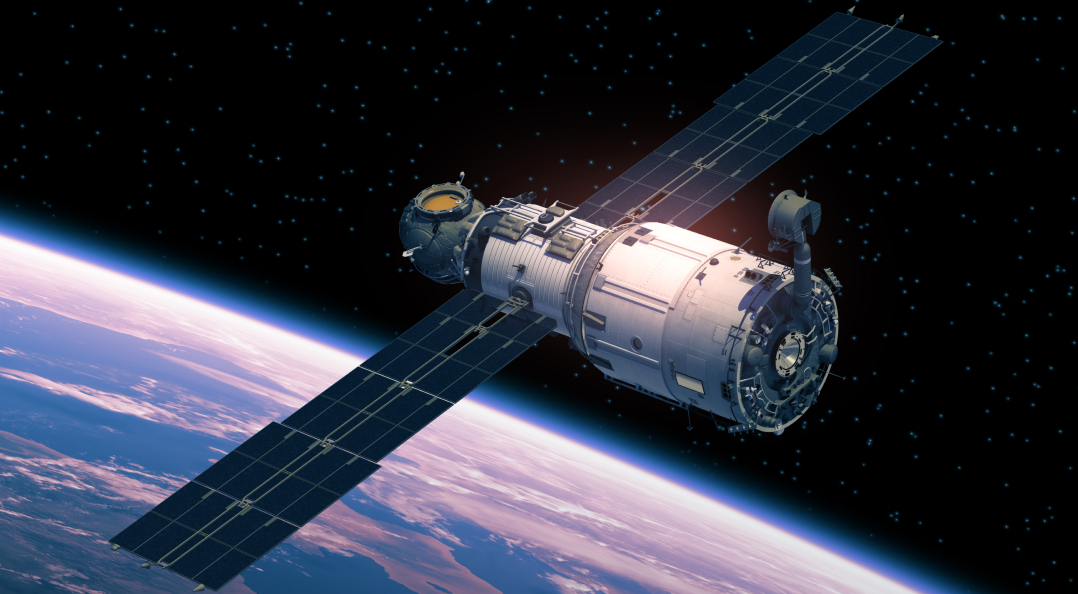Indigenizing the MRO of Osa AK Gas Turbine Engines: A Triumph by Pinaka Aerospace Solutions, a ZETWERK Company
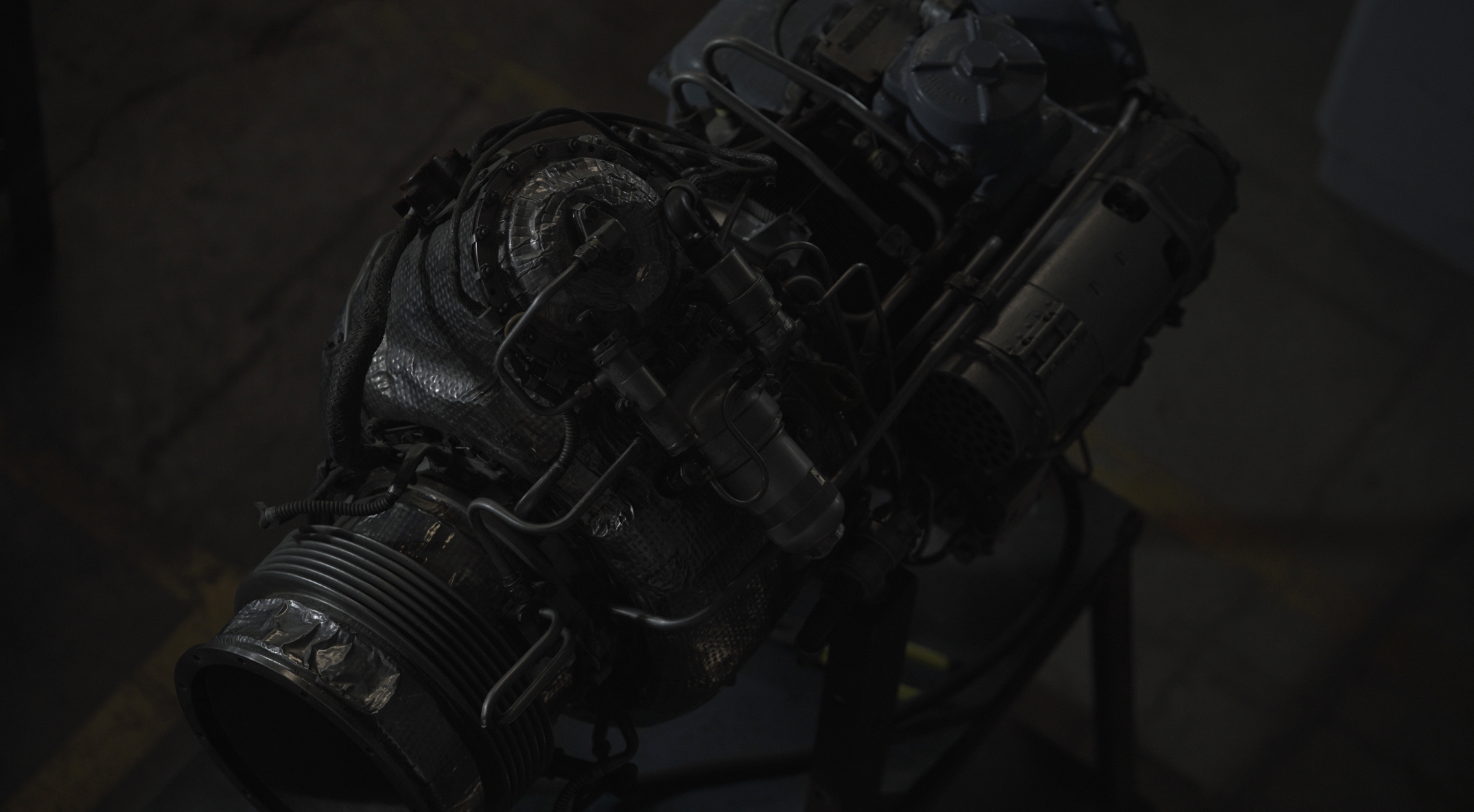
In the 1980s, India bolstered its air defense capabilities by acquiring the 9K33 Osa surface-to-air missile systems from the Soviet Union. These systems, known for their agility and effectiveness in low-altitude, short-range air defense, have served the Indian Armed Forces with distinction for decades. Among the variants procured were the 9K33 Osa, 9K33M2 Osa-AK, and 9K33M3 Osa-AKM, each bringing progressive enhancements in radar and missile technology.
Powering these mobile missile platforms is the Osa AK gas turbine engine, its auxiliary power unit, and a critical component responsible for powering missile launch operations. However, with the dissolution of the Soviet Union and the subsequent challenges in maintaining these engines, the Indian Armed Forces faced increasing difficulties. Pinaka Aerospace Solutions, a ZETWERK company, has indigenized the Maintenance, Repair, and Overhaul (MRO) processes for these engines, ensuring sustained operational efficiency and strategic autonomy for India.
The Challenges of Maintaining Osa AK Engines
The Osa AK gas turbine engine has encountered multiple challenges over the years. These issues stemmed from:
- Environmental Factors: India’s diverse climate, ranging from hot deserts to humid coastal regions and high-altitude cold areas, subjected the engines to significant wear and tear. This affected their reliability and efficiency, necessitating frequent and specialized maintenance.
- Maintenance and Spare Parts: Post-USSR collapse, acquiring spare parts became a daunting task. The lack of a steady supply chain led to delays in maintenance and suboptimal performance.
- Operational Strain: The high operational demands placed on these missile systems, often used without adequate downtime, accelerated wear and tear, especially in active conflict zones and military exercises.
- Aging Systems: Over time, metal fatigue, corrosion, and other age-related issues began to compromise the engines’ functionality.
Pinaka Aerospace Solutions: Addressing the MRO Challenges
Pinaka Aerospace Solutions aimed not only to overcome these challenges but also to establish a sustainable, self-reliant ecosystem for these weapons platforms.
Key Components of the Osa AK Gas Turbine Engine
The Osa AK gas turbine engine is composed of several critical components, each requiring maintenance and sometimes, complete overhaul:
- Compressor: Includes compressor blades and stator vanes, essential for compressing incoming air and increasing pressure.
- Combustion Chamber: Houses fuel injectors and spark plugs for mixing fuel with compressed air and igniting the mixture.
- Turbine: Comprises turbine blades and discs, which extract energy from high-temperature gasses to drive the compressor and produce thrust.
- Exhaust System: Contains the exhaust nozzle, directing the flow of gasses to convert energy into thrust.
- Fuel System: Features fuel pumps and a fuel control unit to regulate fuel flow.
- Lubrication System: Includes oil pumps and filters to reduce friction and protect components.
- Ignition System: Comprises the ignition exciter, providing high-voltage pulses to spark plugs.
- Air Intake: Utilizes inlet guide vanes to optimize airflow.
- Accessory Gearbox: Drives various accessories like fuel and oil pumps.
- Control Systems: Managed by the Engine Control Unit (ECU), optimizing performance and efficiency.
The MRO Process by Pinaka Aerospace Solutions
Pinaka Aerospace Solutions’ approach to MRO involves a comprehensive and systematic process to ensure the Osa AK engines are maintained at peak efficiency. A customer’s representative is always present during the entire process, ensuring transparency and adherence to standards. The process encompasses several critical stages:
- Receiving and Initial Inspection:
- Receiving the Engine: The engine is carefully received and logged into the system.
- Visual Inspection: A thorough visual inspection is conducted to identify any obvious signs of damage or wear.
- Component Assessment and Replacement:
- Discarding Worn-Out Parts: Identified worn-out or damaged parts are discarded.
- Substituting with Compatible Alternatives: Compatible alternatives for components such as gaskets, rings, and bearings are sourced and installed.
- Rebuilding Gear Cogs: Gear cogs are rebuilt to ensure seamless operation.
- In-House Testing and Simulation:
- Testing Facility: The engine undergoes rigorous testing in an in-house testing facility. All critical operation parameters are measured in long-duration tests and verified to be performing satisfactorily.
- Environmental and Operational Simulation: Tests simulate various environmental and operational conditions to verify the engine’s reliability and performance in varying conditions.
- Pre-Start Checks:
- Verify fuel supply and clear fuel lines.
- Ensure oil levels and electrical systems are operational.
- Inspect air intake for obstructions.
- Power On:
- Activate main power and ignition systems.
- Engine Start Sequence:
- Engage the starter motor to rotate the compressor and turbine.
- Ignite the fuel-air mixture in the combustion chamber.
- Monitor engine parameters as it accelerates.
- Stabilize at Idle:
- Maintain idle speed and ensure all parameters are within limits.
- Check for oil pressure stability and the absence of leaks.
- Operational Readiness:
- Perform final checks, ensuring cooling systems and exhaust are clear.
- Engage additional systems powered by the engine if applicable.
- Transition to Full Power:
- Gradually increase throttle while monitoring parameters to avoid overheating or overpressure conditions.
Throughout the MRO process, constant monitoring and adherence to safety protocols are crucial to prevent malfunctions and ensure the engines’ longevity.
Indigenization: A Strategic Imperative
Indigenizing the MRO of the Osa AK gas turbine engines is a strategic imperative for India. By achieving self-reliance in maintaining these engines, Pinaka Aerospace Solutions has mitigated the risks associated with dependency on foreign suppliers.
Key Benefits of Indigenization
- Cost Efficiency: Reducing reliance on foreign parts and expertise lowers maintenance costs and improves the cost-efficiency of the defense budget.
- Operational Readiness: Ensuring a steady supply of spare parts and timely maintenance enhances the operational readiness of missile systems.
- Technological Advancement: Developing indigenous capabilities fosters technological advancement and innovation within the country.
- Strategic Autonomy: Reducing dependency on foreign suppliers strengthens India’s strategic autonomy and national security.
The Role of ZETWERK in Empowering Pinaka Aerospace Solutions
As a part of ZETWERK, Pinaka Aerospace Solutions benefits from access to cutting-edge manufacturing technologies and a vast network of suppliers. ZETWERK’s expertise in precision engineering, supply chain management, and industrial automation significantly augments Pinaka’s capabilities.
Technological Integration and Innovation
- Advanced Manufacturing: Leveraging ZETWERK’s advanced manufacturing techniques ensures high-quality production of critical engine components.
- Supply Chain Resilience: An extensive and resilient supply chain network guarantees the availability of spare parts and reduces lead times.
- Innovation and R&D: Continuous investment in research and development drives innovation, leading to the development of more efficient and durable components.
The indigenization of the MRO processes and several frequently-failing components of the Osa AK gas turbine engines by Pinaka Aerospace Solutions marks a significant milestone in India’s defense capabilities. This initiative addresses the longstanding challenges faced by the Indian Armed Forces and establishes a framework for future self-reliance in defense technology.
By integrating advanced manufacturing techniques, ensuring supply chain resilience, and fostering innovation, Pinaka Aerospace Solutions has highlighted the importance of strategic autonomy and showcases the potential of Indian enterprises to rise to the occasion and meet critical national defense needs.



